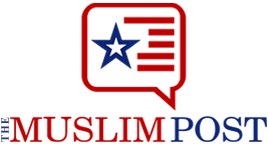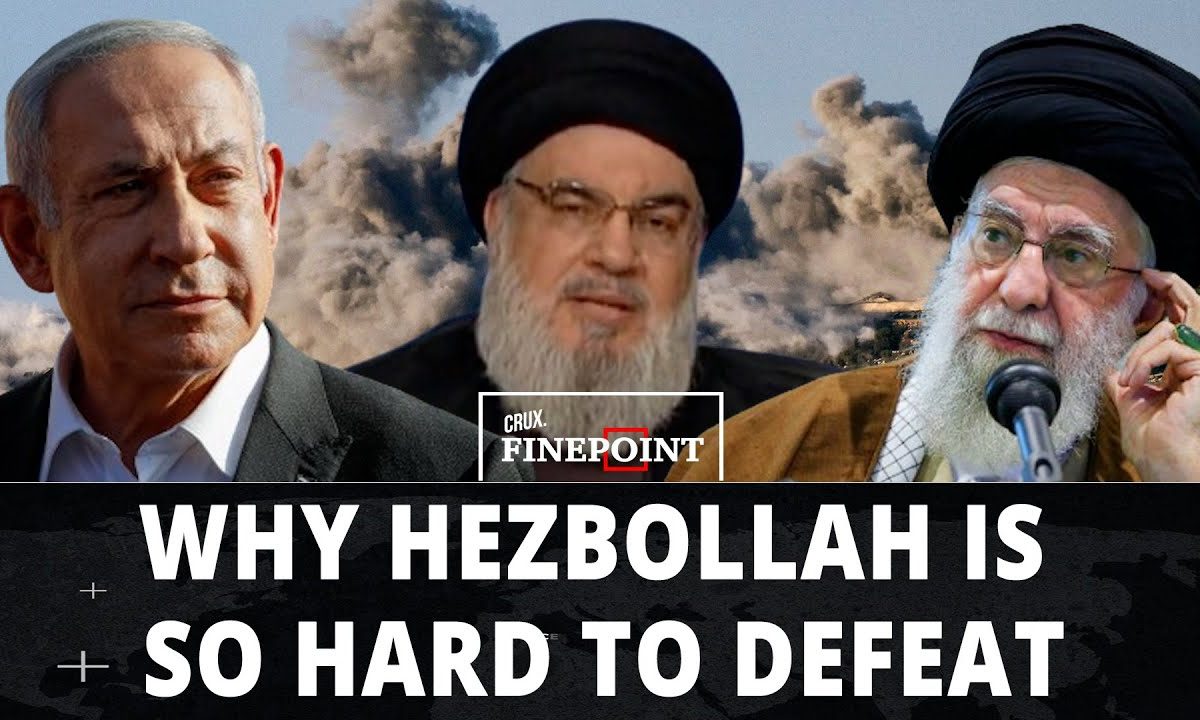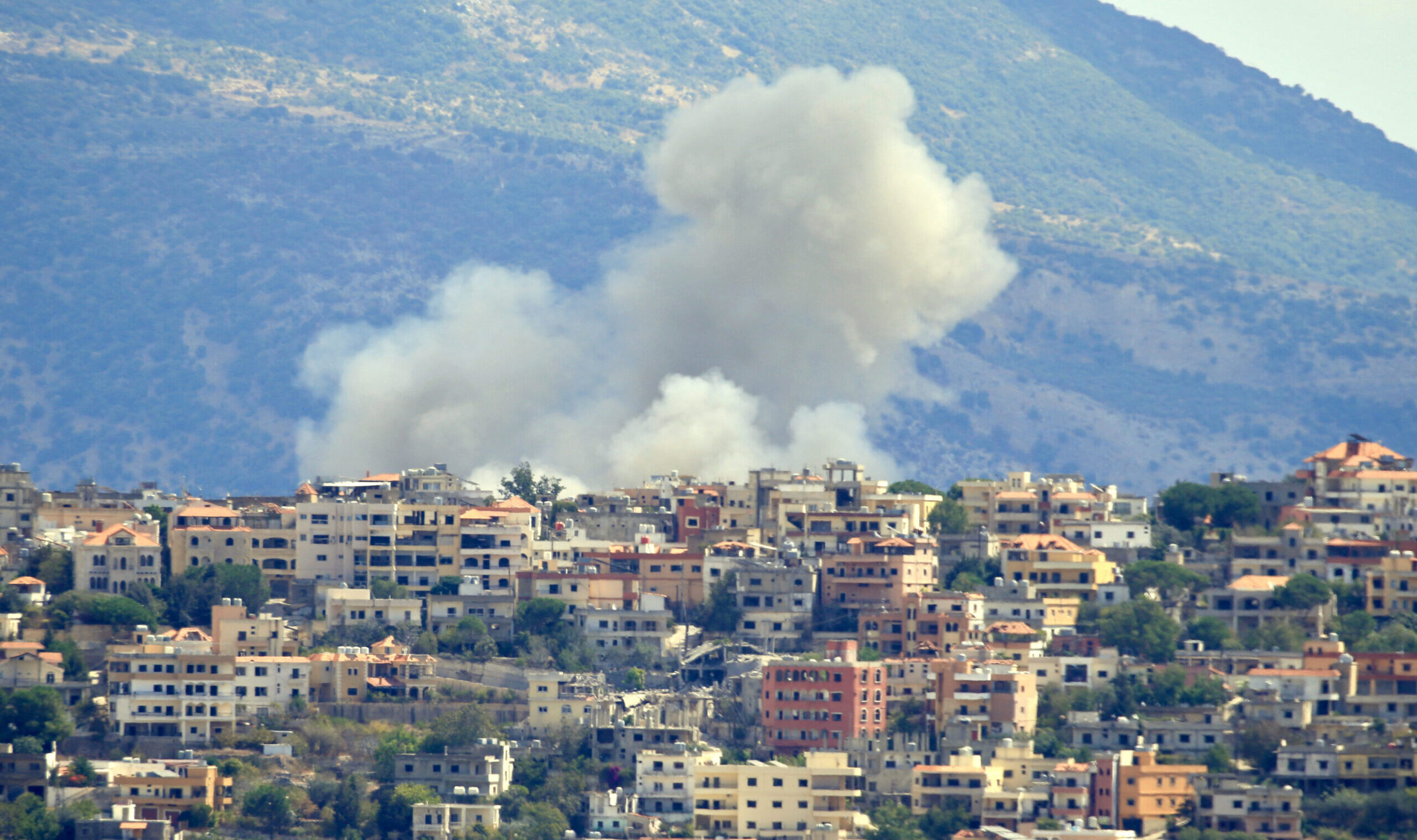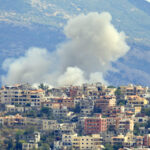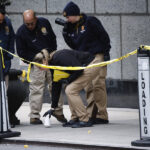Hezbollah, a Shia militant group based in Lebanon, is among the most powerful non-state actors in the world. Born from Iran’s Islamic Revolutionary Guard Corps (IRGC) during Israel’s 1982 invasion of southern Lebanon, Hezbollah quickly grew into a formidable force, now wielding significant influence over Lebanon’s politics and society.
Its name, “Hizb-Allah,” means “the party of God,” and it has deeply rooted itself in Lebanon, supported by a 31% Shia Muslim population.
With financial and military backing from Iran, Hezbollah has built a vast arsenal of weapons, rockets, and fortified positions across Lebanon, making it a potent regional force. Unlike Hamas, Hezbollah’s military capabilities, while not matching Israel’s, pose a significant threat, especially with its ability to potentially overwhelm Israel’s Iron Dome defenses.
You may be interested
Hezbollah’s strategic locations in Lebanon, including the Bekaa Valley, South Beirut, and southern Lebanon, are heavily fortified, making it difficult for Israel to target. Despite its power, Hezbollah faces internal criticism for its role in dragging Lebanon into conflicts, notably the 2006 war with Israel, which caused massive civilian casualties.
Its close ties to Iran and its role in the axis of resistance ensure Hezbollah remains a key player in the Middle East.
